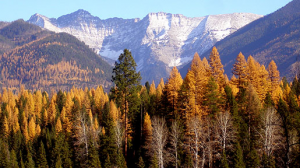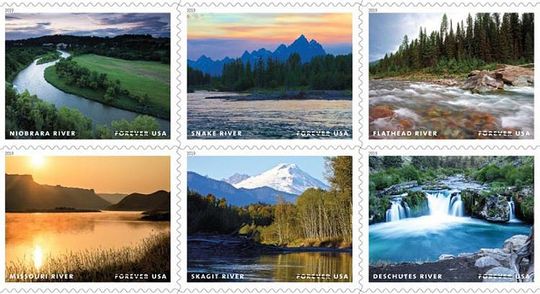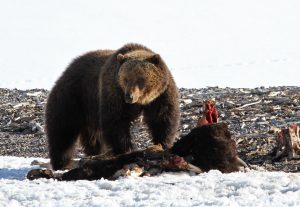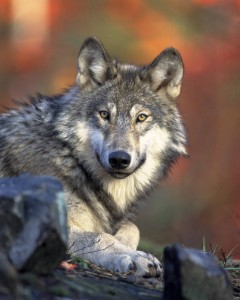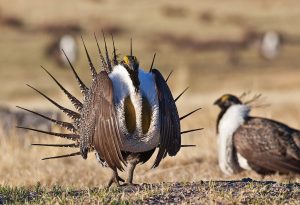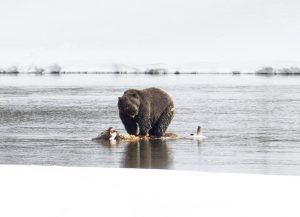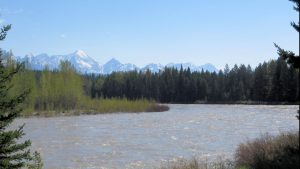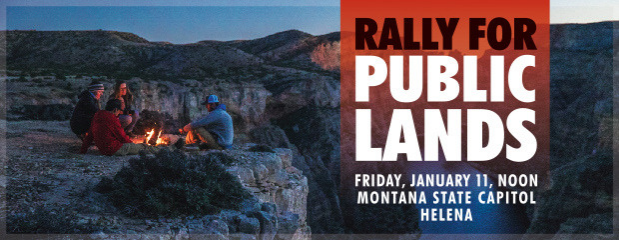
Reminder: There is a rally for public lands in Helena at noon on January 11. The following write-up is shamelessly stolen from an announcement sent out by Dave Hadden of Headwaters Montana . . .
What are you doing next Friday, January 11, 2019?
I plan to be in Helena at the Public Land Rally organized to tell the Montana Legislature to keep public lands in public hands and protect Montanans’ public land heritage.
You may have noticed that public lands across the West have come under increased pressure (some would say assault) from private interests seeking energy, minerals, timber, or personal benefit from the nation’s public lands.
The Montana Legislature’s majority membership has a history of listening to and favoring those private interests, including efforts to transfer public lands to state ownership – for possible dispossession to private ownership.
The Legislature convenes for its biennial 90-day session on January 7. We think it’s appropriate for them to get an early message from citizens from across the great state of Montana to support public lands and all the social, economic, environmental, and spiritual sustenance that they provide.
Numbers matter, as in the number of people who show up! Check out the event’s Facebook Page here. Send the link to friends and ask them to join you in Helena on January 11, at high noon! . . .
